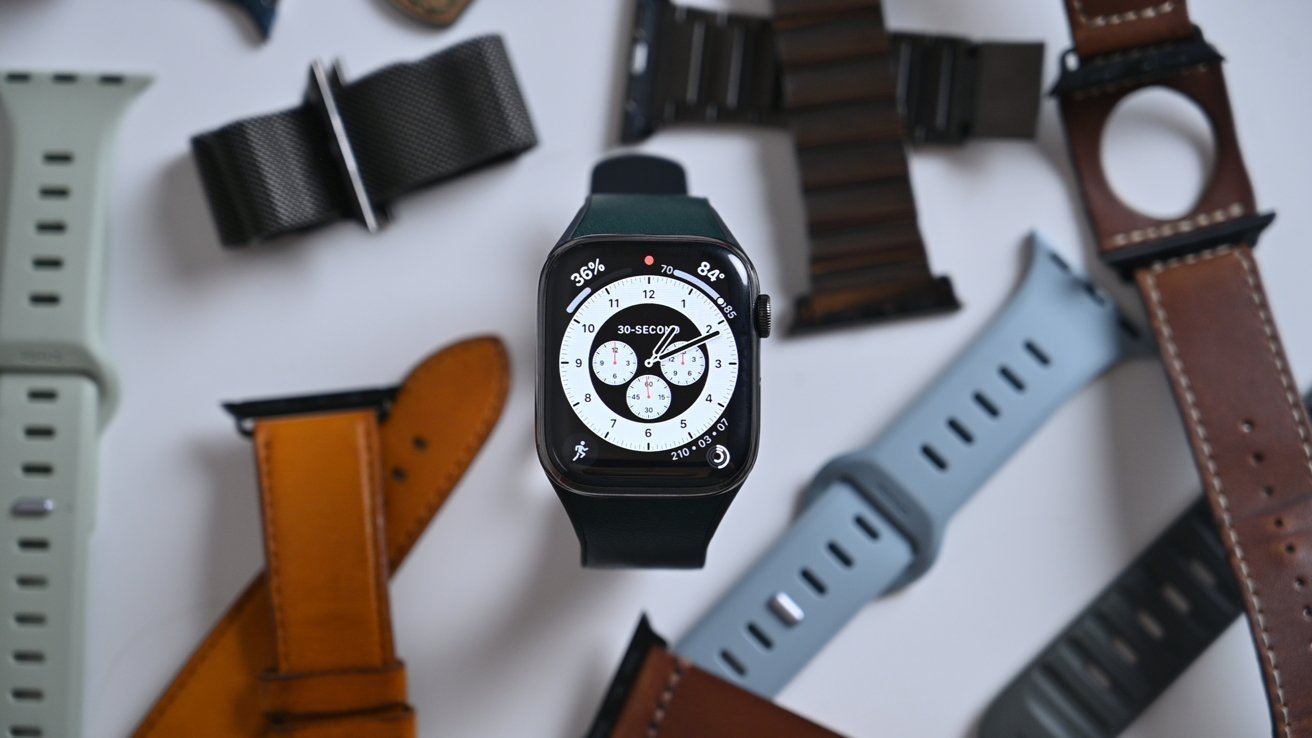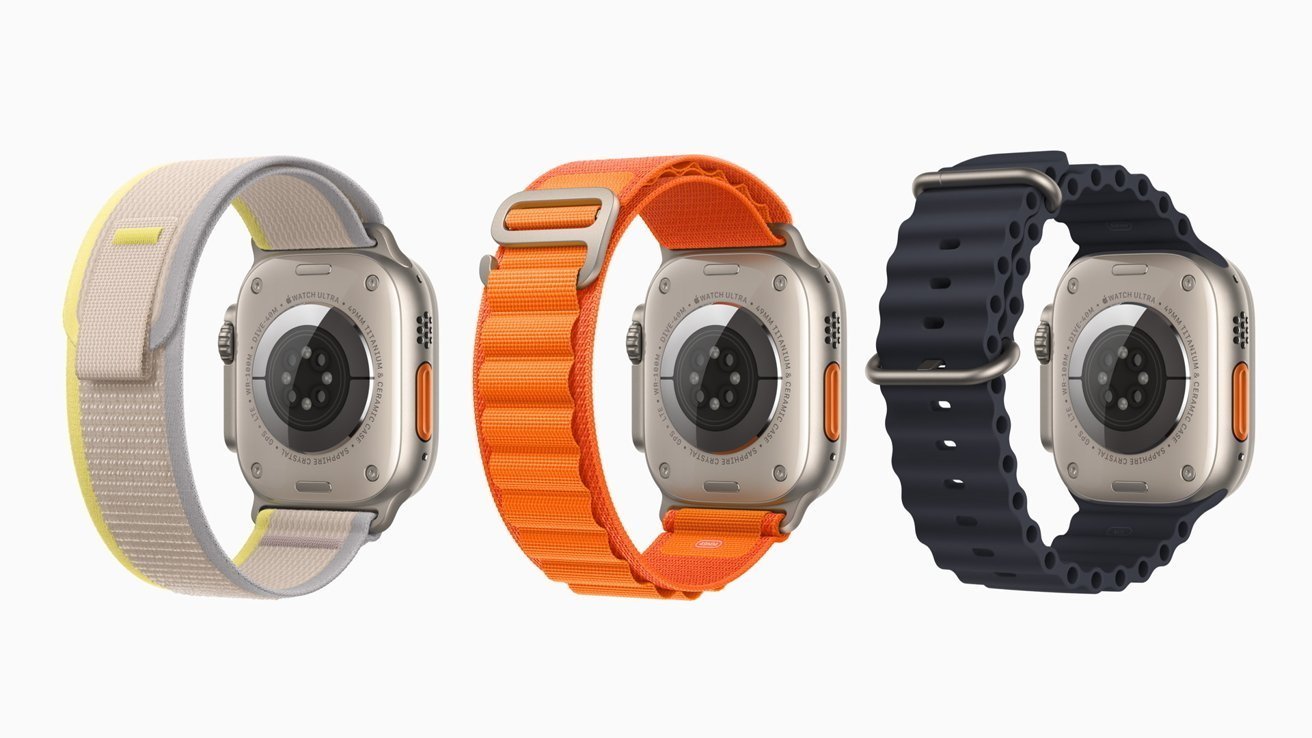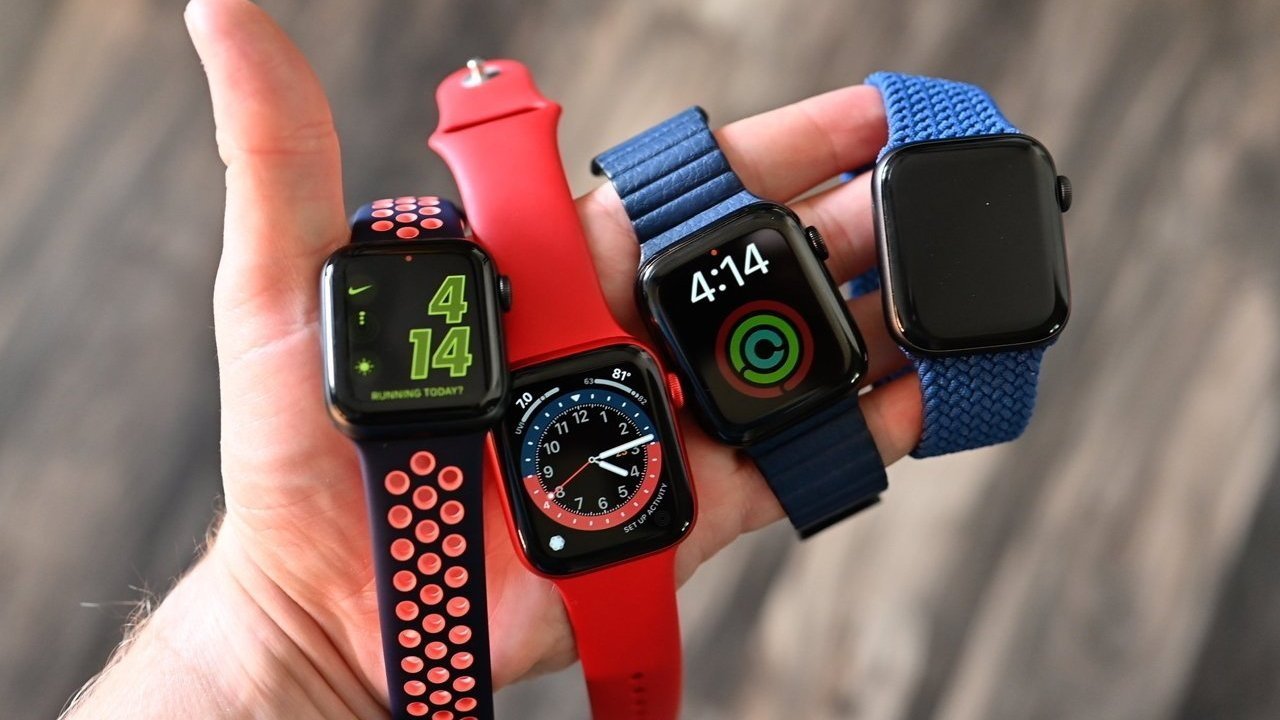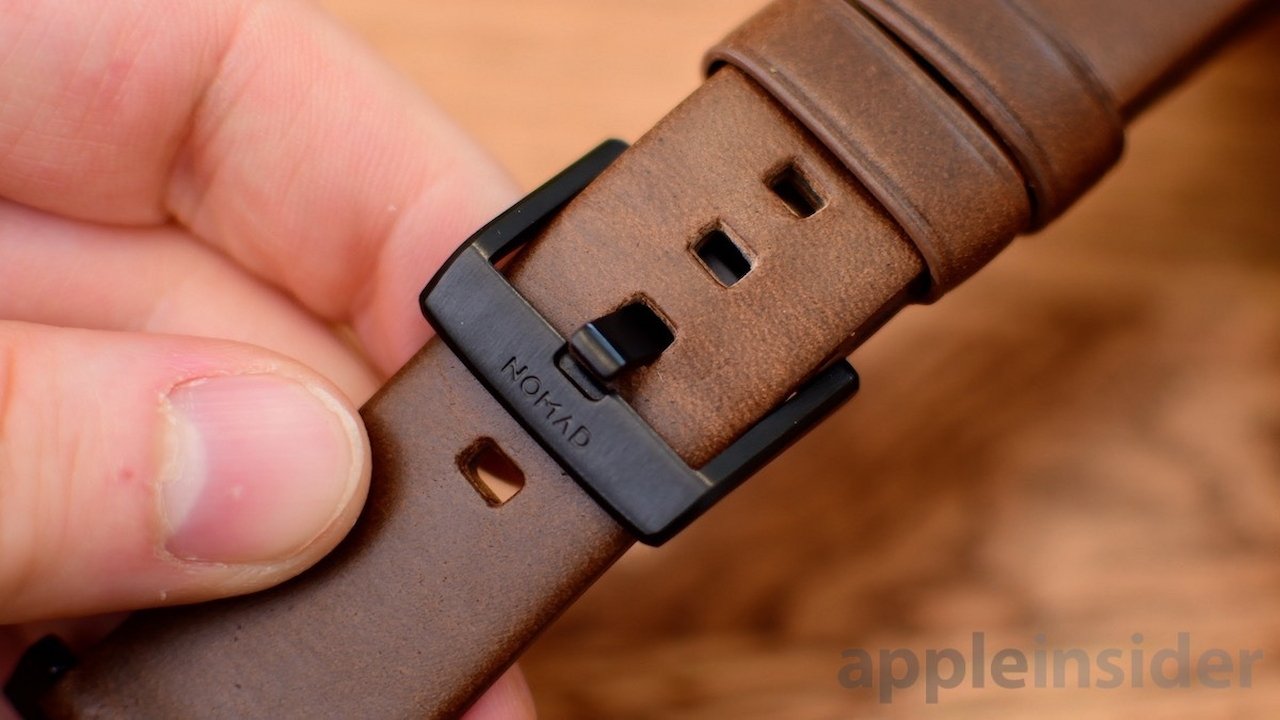If you have an Apple Watch band you wear on the regular, you may want to take some time and follow the steps below to make sure you give it a proper clean every once in a while.
Turns out, the band on your Apple Watch can be a hotbed for bacteria, especially for the folks who wear their device every single day. We're here to let you know how you can keep the band clean and avoid bacteria buildup.
The majority of the instructions below are intended to be used for Apple's first-party bands. Hopefully, if you're using a third-party option, the company included instructions on how to keep the accessory clean, which will help reduce bacteria growth.
Still, most third-party companies use the same materials as Apple. So the cleaning process will likely be similar to those bands as well.
With that out of the way, let's get into how to clean your Apple Watch band.
What about a disinfectant to clean Apple Watch bands?
In 2020, Apple confirmed customers can use a disinfectant wipe to clean some devices. This was a change decades in the making, as Apple typically leaned towards using a damp, lint-free cloth without a cleaner.
The company now says customers can use a "70 percent isopropyl alcohol wipe, 75 percent ethyl alcohol wipe" or a Clorox-branded disinfecting wipe.
The company specifically calls out these disinfectant wipes can be used on the Apple Watch itself, the Sport Band, the Solo Loop, Nike Sport Band, Ocean Band, or any metal band.
When it comes to killing germs, the disinfectant wipe will excel at this.
However, Apple notes owners should not use a disinfectant wipe on a leather or fabric band, and should not use any products that include bleach or hydrogen peroxide. Also, do not submerge your Apple Watch in any cleaning solution.
What to avoid while cleaning Apple Watch bands
While Apple says it's fine to use some disinfectant wipes, there are some cleaning solutions to avoid. Those include standard chemical cleaners, as you'll want to keep most of those chemicals away from your band.
Also, avoid any kind of strict polishes unless it's designed for a Stainless Steel band. Avoid external heat sources, harsh soaps, household cleaning sprays, and even ultrasonic cleaners.
Here's what Apple suggests as far as cleaning its first-party bands is concerned:
How to clean Apple Watch bands
Below, you'll find the recommended steps for cleaning each of the bands Apple offers for the Apple Watch.
The first step in the process, no matter which band you are cleaning, is to remove it from the Apple Watch. Then, from there, follow these steps based on the bands you own:
How to clean leather Apple Watch bands
- Remove the band from your Apple Watch
- Wipe any leather portions of the band with a non-abrasive, lint-free cloth. You may dampen the cloth with fresh water.
- Let the leather band dry thoroughly before you reattach it to your Apple Watch.
How to clean Alpine Loop, Trail Loop, Ocean Band, Sport Band, Solo Loop, and Sport Loop Apple Watch bands
- Remove the band from your Apple Watch
- Clean the band with a lint-free, nonabrasive cloth. You can dampen the cloth with fresh water if you want.
- Dry the band with a nonabrasive, lint-free cloth.
For all the other Apple Watch bands, buckles, and closures
- Detach the band from your Apple Watch
- Use a nonabrasive, lint-free cloth to clean off your band. You can use a damp cloth with fresh water to help.
- Use a lint-free, nonabrasive cloth to dry the band before you reattach it to the Apple Watch.
The chosen materials in Apple Watch bands
There are several different materials used in Apple Watch bands, including silicone and a variant called fluoroelastomer, which Apple uses in the Ocean Band. There is also leather, Stainless Steel, nylon, polyester, and others.
The primary method to clean all of these bands remains the same, with the focus being on a slightly damp, lint-free, nonabrasive cloth. There are some other details to be aware of per material.
Silicone Apple Watch bands
For these bands, including fluoroelastomer bands, use a microfiber cloth to clean off the grit. You may get the cloth damp with warm water, and owners can use some hypoallergenic hand soaps for extra cleaning power.
Once cleaned, leave it to air dry completely before reattaching it to the Apple Watch. And make sure not to use any soaps that are stronger than the hypoallergenic options, because they can damage your band.
Leather Apple Watch bands
The one thing to remember when cleaning a leather Apple Watch band is to use the cloth in such a way you wipe with the grain. The leather band is not water resistant, so do not completely submerge the leather band under water, or even leave it under running water for an extended period of time.
In addition to that, do not store leather Apple Watch bands in a place with high humidity, in direct sunlight for extended periods, or a spot with high temperatures. Too much humidity can lead to mildew growing within the leather.
Owners can use a leather conditioner to keep the band in top condition. Place a small amount on a nonabrasive cloth and spread it over the strap.
Another important detail: try not to wear the leather Apple Watch band while working out or otherwise sweating, and avoid perfumes and oils. These can all stain your leather band, especially with repeated exposure.
Stainless Steel Apple Watch bands
The most important part of keeping the Stainless Steel Apple Watch band clean is to make sure to use a nonabrasive cloth while cleaning. Using an abrasive cloth may scuff or scratch your band.
This is where a proper cleaning kit might come in handy, and the one time it makes sense for an Apple Watch. These "kits" are designed to offer up specially-designed cleaning/buffing cloths.
These cloths can help buff out scratches in your Stainless Steel Apple Watch band and help preserve its polish.
Nylon and polyester Apple Watch bands
Cleaning these bands is the same as silicone, but the one thing to keep in mind is they typically retain water much more than their counterparts. Unlike leather bands, these bands can be left in direct sunlight to dry.
The more water they come into contact with, the more they will retain and the longer they will take to dry.
Meanwhile, the Braided Solo Loop Apple Watch band might require some extra elbow grease to clean. Owners can use a toothbrush with fine bristles to clean the spaces within the braids.
Some popular third-party Apple Watch bands
For third-party Apple Watch bands, check with the company to see if they have specific instructions to clean the accessory. We've included a couple of popular third-party band options and recommendations to keep them clean.
Nomad Horween leather Apple Watch band
Like many manufacturers who utilize leather Apple Watch bands, including Apple, Nomad points out the leather strap will gain a natural patina over time and with use. However, if a touch-up is required, then owners should use a damp cloth to wipe it down.
Do not completely submerge your leather strap, and do not use any cleaning chemicals on it. However, you can use a leather conditioner and a dry cloth to gently spread over your strap.
Suede Apple Watch bands
Similar to the standard leather Apple Watch bands, cleaning a suede band comes down to using a cloth, which can be slightly damp. Suede bands can also benefit from "suede erasers," which can remove dirt and grime.
After the dirt and grime have been removed, use a dedicated suede shampoo or cleaner.
For a little extra life, you can use a suede protective spray, like Moneysworth & Best suede and Nubuck protector, which functions similarly to a leather conditioner as far as longevity is concerned.
It's not a complicated process, but it can slip the mind. With the recent study confirming unwashed Apple Watch bands can foster dangerous bacteria like E. coli and assorted Staphylococcus strains, it may be something every Apple Watch owner should start doing regularly.
 Evan Selleck
Evan Selleck





 Marko Zivkovic
Marko Zivkovic
 Mike Wuerthele
Mike Wuerthele
 Christine McKee
Christine McKee
 Amber Neely
Amber Neely
 Wesley Hilliard
Wesley Hilliard

 William Gallagher
William Gallagher









